It’s always nice to see paintings that depict common scenes of how people lived many centuries ago. You’ll hardly find a better example of this than some of the works of this renowned artist from the Low Countries.
Pieter Bruegel the Elder (1525-1569) was an innovative artist of the Renaissance and the leading painter of his time.
In this article, you’ll discover some of the most interesting facts about Children’s Games by Bruegel, one of the most fascinating Renaissance paintings ever produced.
1. It was painted shortly after the artist returned from Italy
Pieter Bruegel the Elder was born between 1525 and 1530 in or near the Dutch city of Breda. Some art historians claim that he was born in a village called “Bruegel” near Breda, but this hasn’t been verified.
He potentially came from a peasant background but this isn’t confirmed either. Many of his paintings were the works of an intellectual although he often painted peasants as well.
He moved to Antwerp, one of the major cities in Europe at the time, and joined the Antwerp painters’ guild in 1551. He traveled to Italy shortly after and studied the works of the most famous Italian artists.
Bruegel left Italy after an extended period in 1554 and settled in Antwerp in 1555. He painted Children’s Games, one of his most famous works, in 1560 while he lived in this city in modern-day Belgium.
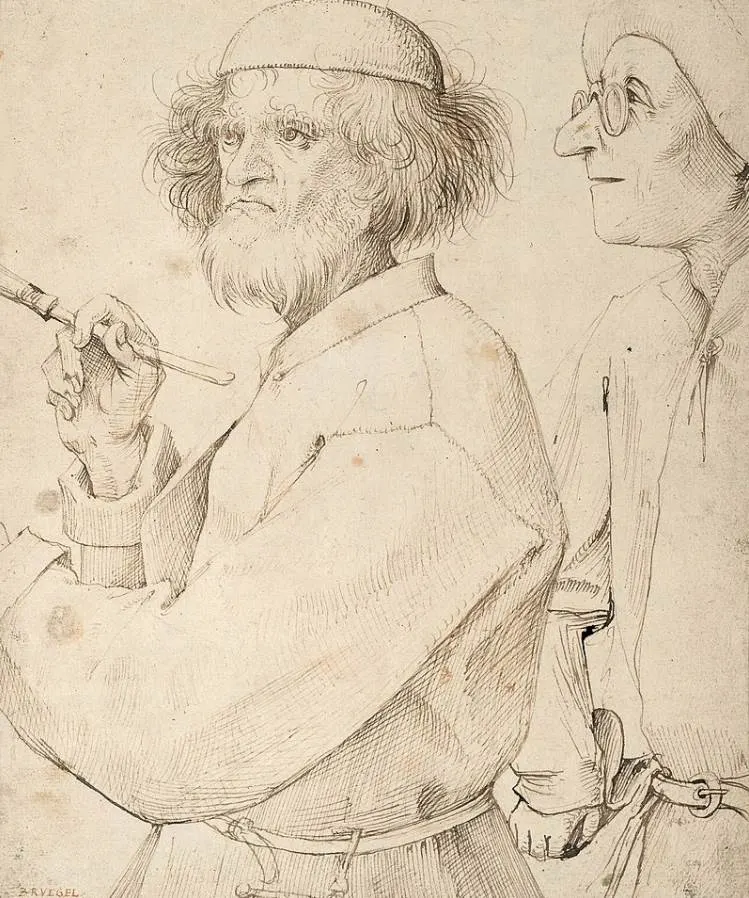
2. The painting depicts children playing about 80 different games
The name of the painting is pretty self-explanatory as the entire composition is full of children playing a wide variety of games.
We can see little girls playing with dolls, boys doing handstands and riding a fence, and older children walking on stilts.

About 80 different games that were played by children at the time have been identified. The age of the children ranges from toddlers to adolescents with some of them even inflating pigs’ bladders.
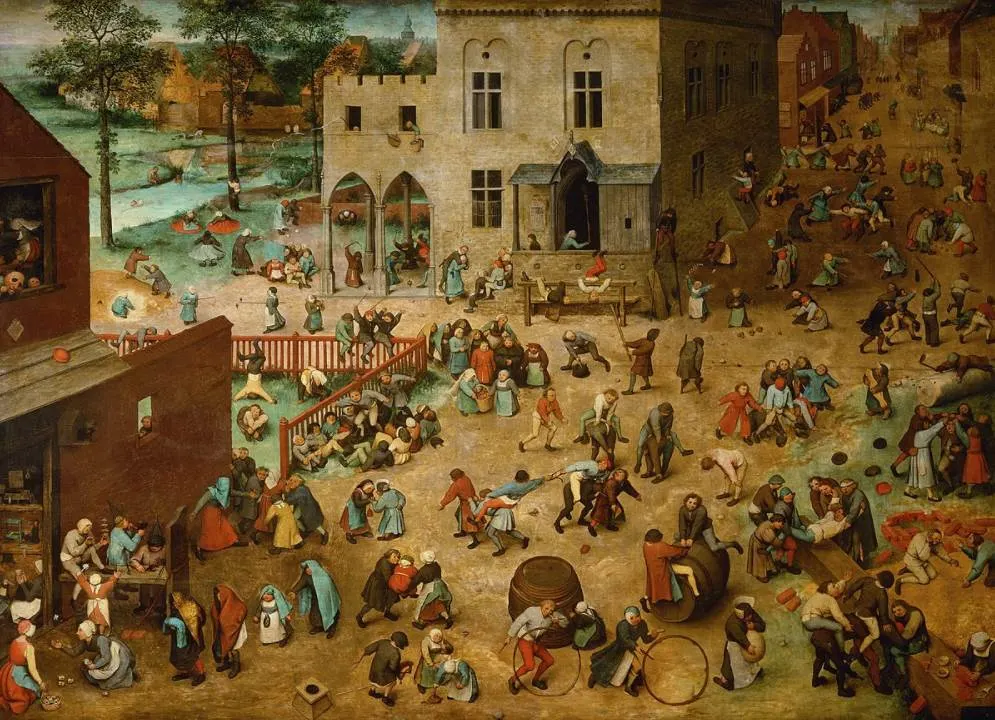
3. The children can be found everywhere in this remarkable work of art
The artist’s most famous works depict common people as they do ordinary things. The same can be said about this painting in which the entire setting is dominated by children playing their games.
The main square is dominated by what appears to be a civic building. Some children can be seen occupying the second floor of this building as well.
In the top left corner, we can see a landscape that features a river and which adds a sense of depth to the work.
It doesn’t alleviate the crowded scene, though, because even here we can see children bathing in the river and climbing a tree.

4. A poem possibly explains the deeper meaning of the work
The first thing you notice when you take a closer look at the children playing their games is that they are completely absorbed in what they are doing.
The initial idea that comes to mind when you see this work is that the artist might have aimed to create an encyclopedia of children’s games. There’s a lot more to it than this.
To adults, children’s games seem to be insignificant endeavors. Bruegel aimed to represent this insignificance and extend it to adults. He based his work on a poem that was published in Antwerp in 1530 which stated that people of all ages are completely absorbed in their foolish endeavors.
The fact that the children completely take over the civic building can be seen as a metaphor for how the important people of the government are managing things. It stresses the notion that even adult affairs are insignificant in the bigger scheme of things.
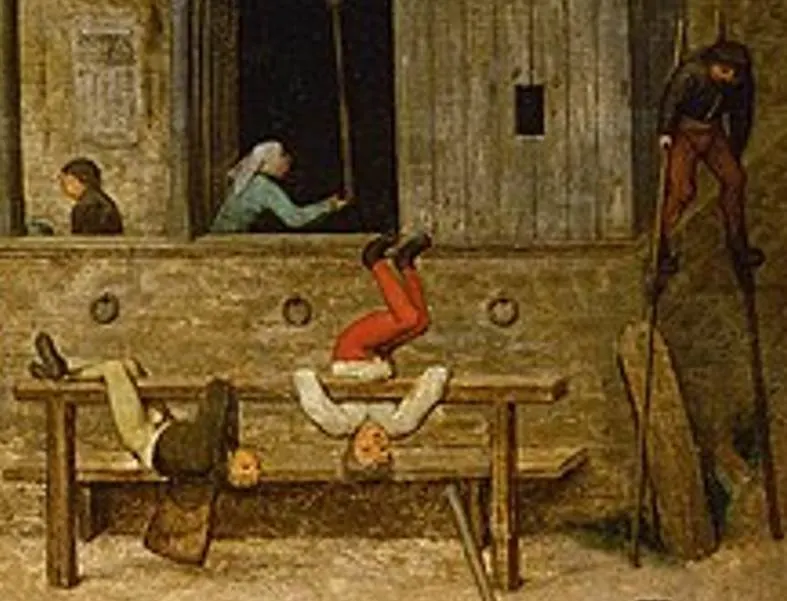
5. It’s assumed that this was the first of a series that was never completed
Some of the most famous paintings in the oeuvre of Pieter Bruegel the Elder are a series of two paintings depicting peasants. These include “The Peasant Wedding” and “The Peasant Dance,” both completed around 1567.
When Children’s Games was first mentioned by Flemish artist and art historian Karel van Mander (1548-1606) in 1604, he assumed that this was the first work in a series that would become “The Ages of Man.”
Unlike the Peasant Wedding which had a sequel, there is no mention of other works in this series so it’s fair to conclude that he never completed anything else than the work that stands for “Youth.”
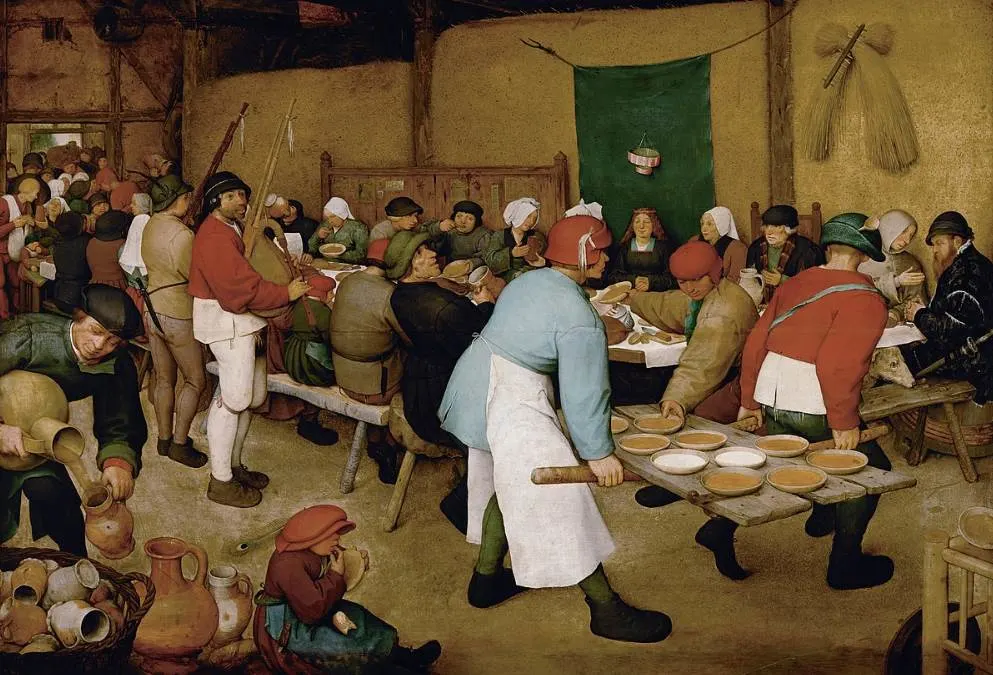
6. It was purchased by an Austrian prince who owned one of Bruegel’s complete cycles
When the painting was mentioned for the first time, it had already been in the possession of the Austrian House of Habsburg for over a decade.
Archduke Ernest of Austria (1553-1595) acquired the painting in 1594 and brought it back to Vienna. He was the son of Maximilian II, Holy Roman Emperor, and Maria of Spain, and a great patron of the arts.
He died in Brussels in 1595 and was governor of the Spanish Netherlands at the time. He owned one of the most amazing cycles completed by Pieter Bruegel the Elder called “Months of the Year.”
The paintings in this cycle are:
- The Gloomy Day (February/March)
- High Spring {April/May)
- The Hay Harvest (June/July)
- The Harvesters (August/September)
- The Return of the Herd (October/November)
- The Hunters in the Snow (December/January)
What’s remarkable about this cycle is that only “High Spring” has been lost.
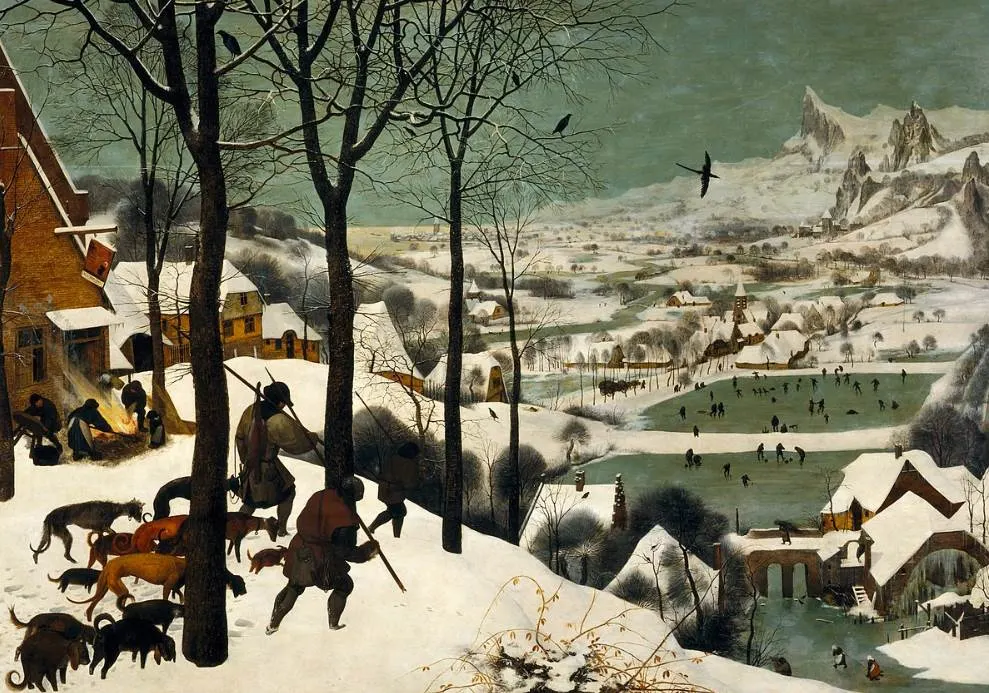
7. How big is Children’s Games by Pieter Bruegel the Elder?
Many paintings by Bruegel are similar in size, and all the works of the Months of the year Cycle have approximately the same dimension as Children’s Games.
The painting is medium-sized and has dimensions of 118 × 161 centimeters (46 × 63 inches).

8. Where is the painting located today?
This painting and all the works in the Months of the Year cycle have never left Austria. It has been part of the Habsburg collection since it was acquired by the Austrian prince in 1594.
Emperor Franz Joseph I (1830-1916) of Austria-Hungary finally decided to build a monumental museum to house this collection in the late 19th century.
Today, this painting along with numerous other masterpieces from Old Masters can be admired at the Kunsthistorishes Museum in Vienna.

